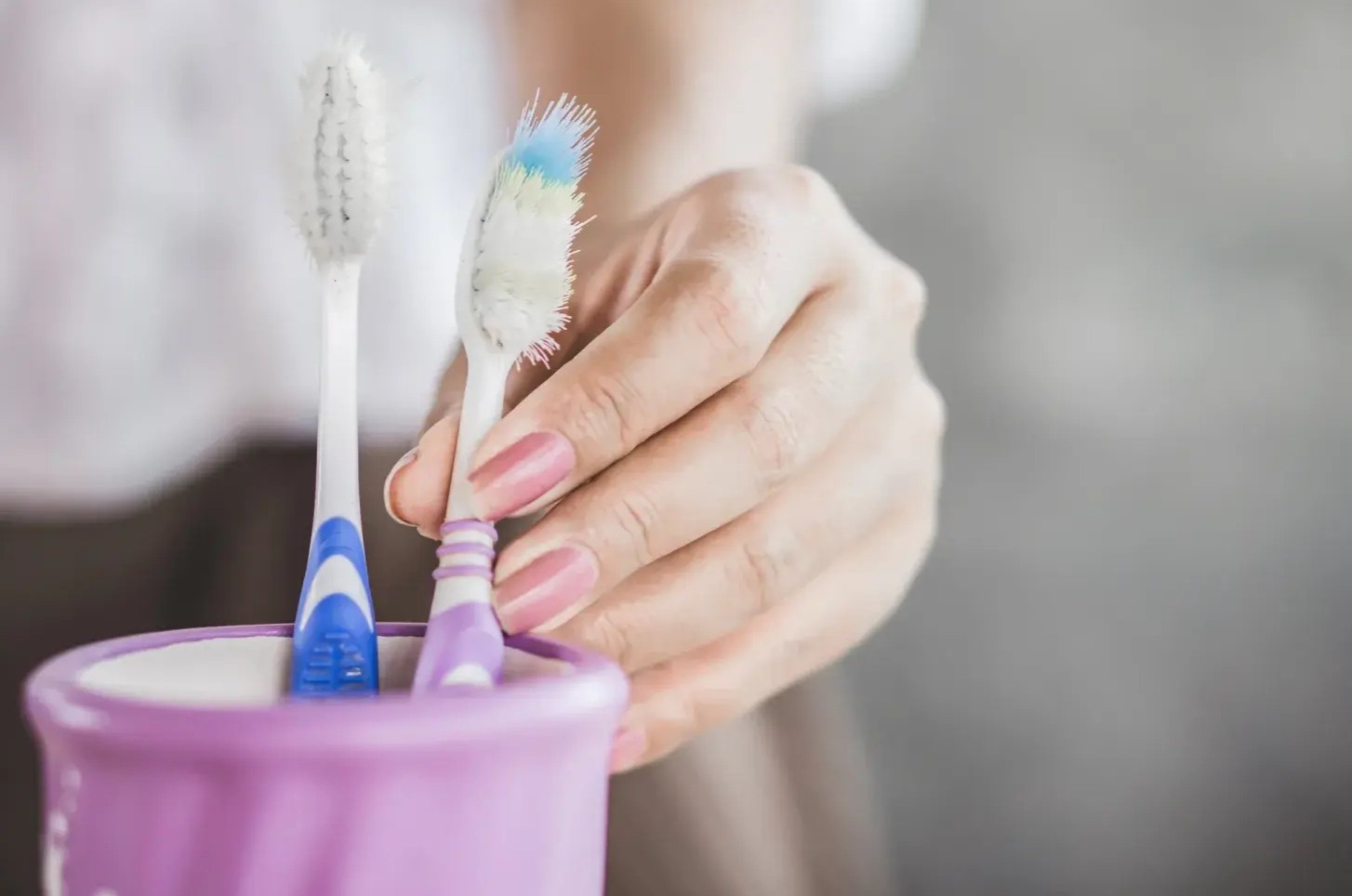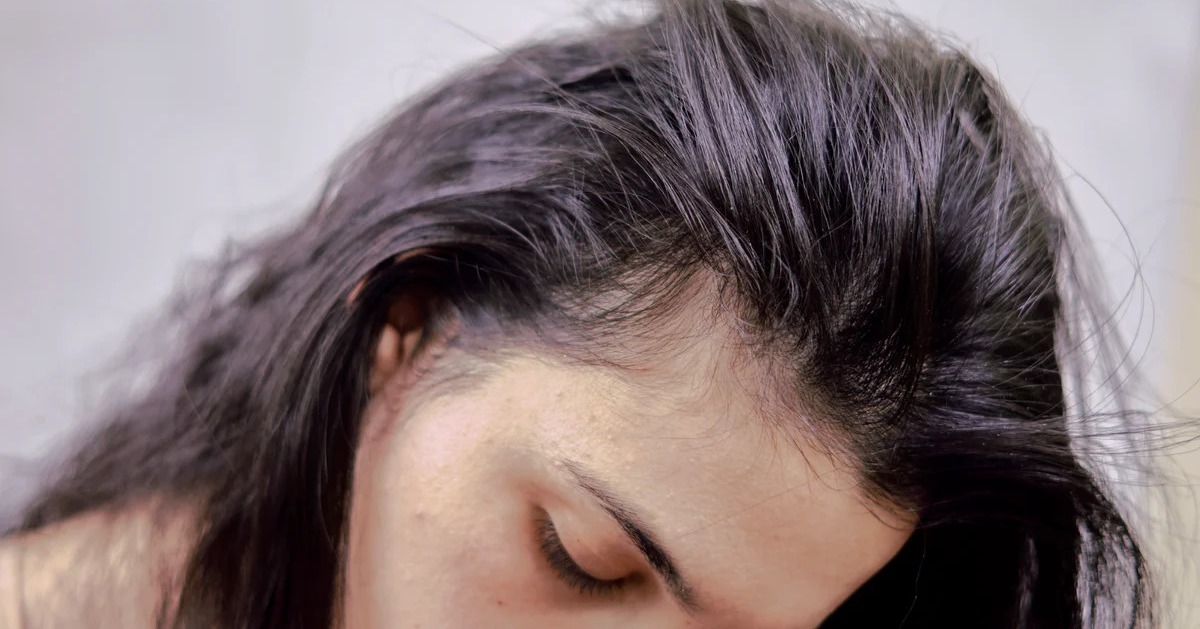It may come as a surprise, but the dirtiest thing you put in your mouth each day might not be junk food—it could be your toothbrush.
Despite its purpose to keep your mouth clean, your toothbrush could be a breeding ground for millions of bacteria and fungi, including some that are harmful and potentially deadly. A 2020 study published in Microorganisms found that a single toothbrush can harbor between 1 and 12 million microbial cells from hundreds of different species. These organisms form a biofilm on the bristles and even burrow into the tiny cracks in the brush stalk, thriving with every use.
Where Does All This Bacteria Come From?
According to microbiologist Marc-Kevin Zinn of Rhine-Waal University of Applied Sciences in Germany, there are three main sources of microbial contamination on toothbrushes: the user’s mouth, their skin, and the surrounding environment.
During brushing, the toothbrush naturally collects bacteria from the mouth, including common oral microbes such as Rothia dentocariosa, Streptococcus mitis, and Actinomyces. While many of these are beneficial or harmless, others—like certain Streptococci and Staphylococci—can contribute to tooth decay and gum disease.
Alarmingly, studies have also detected harmful bacteria typically associated with gastrointestinal infections, including Escherichia coli, Pseudomonas aeruginosa, and Enterobacteria. Other pathogens found on toothbrushes include Klebsiella pneumoniae, a known cause of hospital-acquired infections, and Candida yeasts, which cause oral thrush.
The Hidden Threat from Your Toilet:
What’s even more disturbing is that your toothbrush may be contaminated by your toilet. Every time you flush, tiny particles of water and waste are sprayed into the air—up to 1.5 meters away. If your toothbrush is stored uncovered and close to the toilet, it may be collecting these airborne microbes.
One study examining toothbrushes in shared bathrooms found that 60% were contaminated with bacteria found in feces. Even more concerning is that microbes from one person’s brush can end up on someone else’s.
Some viruses, including influenza, norovirus, and even coronavirus, have been shown to survive on toothbrushes for hours—and in the case of herpes simplex virus-1, up to 48 hours. This poses a particular risk to those with weakened immune systems, as some of these bacteria are resistant to antibiotics.
Tips to Keep Your Toothbrush Clean:-
To minimize the health risks associated with a dirty toothbrush, experts offer the following hygiene tips
a) Don’t cover it: Avoid storing your toothbrush in a closed container or with a cap, as this creates a moist environment ideal for microbial growth.
b) Let it air dry: Store your toothbrush upright and allow it to dry at room temperature between uses.
c) Disinfect regularly: Soak the brush head in antiseptic mouthwash for 5–10 minutes to reduce microbial load.
d) Replace frequently: Swap out your toothbrush every three months, or more often if you have a compromised immune system or are recovering from illness.
While it may seem like a simple everyday item, your toothbrush could be harboring far more than plaque-fighting bristles. Treat it with care—and hygiene—to keep it from turning into a hidden health hazard.




